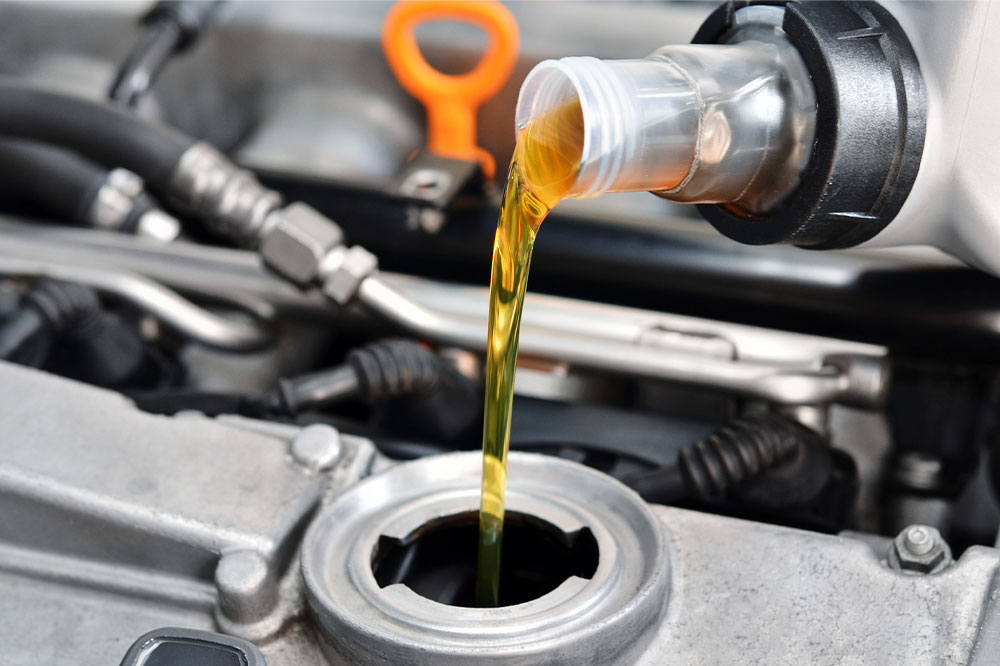5 Oil Change Mistakes to Avoid

Automobiles need frequent servicing, repairs, and timely upgrades to ensure the engine and chassis are in great working condition. Anything short of that, the mechanical problems begin to pile up. That’s why experts advise paying attention to the small but necessary upkeep tasks to ensure your car doesn’t break down in the middle of the road. One such essential service is changing the engine oil. Here are critical mistakes to avoid when changing the oil:
Using the wrong oil
Motor oil is categorized as a synthetic, synthetic blend, conventional, or high mileage oil. These are different mixtures designed for vehicles ranging from heavy-duty commercial ones to personal use cars. Also, special engine configurations run on a unique blend of motor oils. So, you must get the right type and brand of motor oil for your vehicle depending on its make and year of manufacture. Synthetic oil is expensive but suitable for vehicles in regions with drastic weather conditions. Its high viscosity, ability to counter oil sludge and resistance to oxidation help the engine offer peak performance. A synthetic blend motor oil is a mix of conventional and synthetic oil at a cheaper price. For older models, auto experts suggest conventional low-duty oils. Alternatively, you can get high-mileage oils for older vehicles to improve their fuel efficiency, minimize leaks, and lower emissions.
Delaying oil change
Timing is an important factor in carrying out motor oil changes. The constant running of an engine creates immense heat and pressure that degrades the quality of motor oil. So consider changing the oil as per the instructions in the car manual. For example, older models required an oil change every 3,000 miles. But today’s automobiles come with engines designed to run more efficiently and maintain good mileage for a longer time. In newer automobiles, oil can be changed once every 7,000 to 10,000 miles depending on the make and model. These new cars also have inbuilt digital warning systems to alert you when an oil change is required. So, you don’t always have to monitor the number of miles driven. Premium automobiles are also compatible with smart apps to help you track engine performance.
Overlooking oil filter upkeep
Oil filters are important accessories for a vehicle—they keep the oil clean while the lubricant moves in and out of the holding tank as the engine runs. It is necessary to change the oil filter with every oil change. This ensures the valves don’t get clogged with the old oil being recycled. Using the wrong-sized filter will result in a leak, increasing the risk of engine stalling. Without an uninterrupted flow of lubricant, the pistons will cease to work and jam the entire crankshaft assembly. Also, you should never over-tighten the joint, as this can cause the threads to wear out prematurely. You should pay attention to the O-Ring on the oil filter, as frequently changing the oil filter makes the O-Ring wear out. So, the ring must also be replaced with a filter every time to ensure a tight seal.
Underfilling or overfilling the engine
Emptying an extra bottle of lubricant into the filter assembly doesn’t guarantee smooth performance. Expert technicians at a garage know the exact quantity for each vehicle. So, this error is less likely during professional maintenance but a common mistake when changing the oil on your own. Also, underfilling the tank will cause the hydraulic pressure to build up and restrict lubrication damaging the engine. Overfilling causes the lubricant to flow and foam into the engine, exerting pressure on the gasket. If you plan on taking up a DIY oil change, pay attention to oil levels using a dipstick. The markings will indicate the oil pressure necessary for the crankshaft and pistons to run smoothly.
Not using the right tools
If you opt for a DIY oil change, you must invest in the right tools for the job to avoid jeopardizing engine health. A socket wrench is not enough. Also, you should never remove the filter without first placing an oil collection pan under the car. You need a hydraulic jack and jack stands to raise the car and create enough safe space for working under the vehicle. Once the old lubricant is emptied out and refilled, ensure you replace the right size filter and O-Ring to create a perfect seal. These steps do sound straightforward enough, but one small mistake can turn your garage floor into a slip-and-slide arena. A DIY oil change should cost you no more than $30 if you already have the right tools available at home.
Alternatively, consider getting the oil changed at a repair shop using coupons and promotions. A typical oil change costs less than $100, including labor depending on the brand. You can check out the official Ford instant oil change, Quick Lane oil change services, QuickLube oil change service, and Valvoline instance oil change (VIOC) services near you to get a discount for the service.
When are oil change services required?
Apart from adhering to the given mileage and instructions in the manual, here are a few signs that your car needs an oil change:
- The engine makes a brushing and knocking noise where the pistons fire without any lubrication between the metal joints.
- If the oil has become too dark and tarry with regular use, it is indicative of contamination that can change the lubricant color.
- You can smell the lubricant inside the vehicle, indicating an oil leak while the engine runs.
- Smoke from the exhaust changes color when the lubricant burns indicating the oil levels are dangerously low.
So, check out car oil change services near you as soon as you notice any of the above-mentioned changes or if it has been a while since your last oil change.


